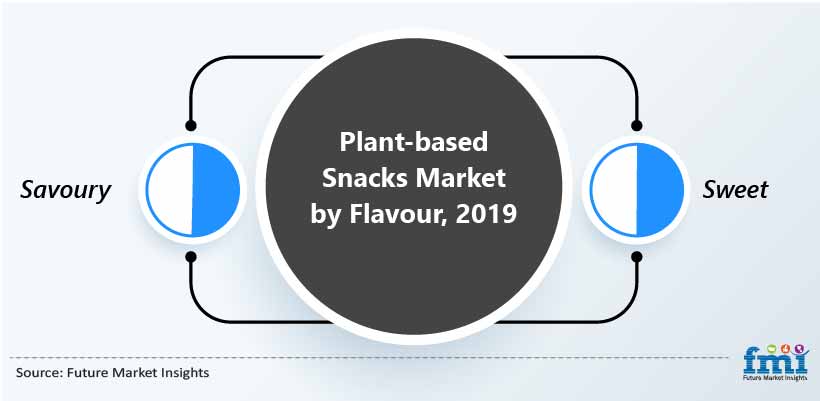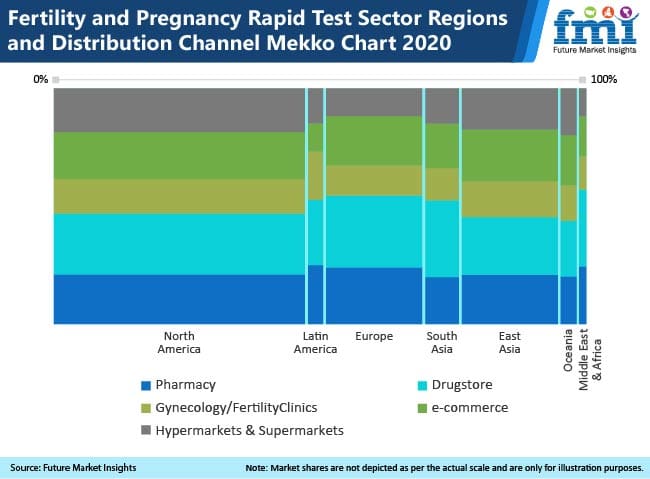Alternative flours are gaining traction especially since they are known to offset disadvantages of traditional whole wheat or wheat flour. According to a new study by Future Market Insights (FMI), the green banana flour market is set to reach US$ 435.7 Mn by the end of 2021. The rising demand for improved nutritional value in food along with new flavors, textures and aromas, among consumers are enabling sales in the market.
Green banana flour is trending as a gluten-free ingredient for the food industry, which in turn is creating opportunities for key players to capitalize on. Changing buyers values have led to seek more nutrition from natural and high-quality food sources with clean labels. With consumers seeking healthier options, it is seen that these products have appeal across a broad spectrum of potential buyers.
Driven by consumers’ piqued interest, green banana flour is now being made available in a particular flavor or a combination of other fruit flavors. According to FMI, the demand for conventional green banana flour is remarkably high and it is expected to account for over 95% sales in 2021.
Get a Free Sample Copy of the Report: https://www.futuremarketinsights.com/reports/sample/rep-gb-13028
Key Takeaways from the Green Banana Flour Market Study
- Green banana flour market is expected to register 4.6% Y-o-Y growth in 2021
- The U.S. will emerge as a highly attractive market, accounting for over 85% of sales in North America in 2021
- Exhibiting above 6% Y-o-Y growth in 2021, the U.K. will emerge as an attractive market for green banana flour within Europe
- The demand from Germany and France too is forecast to rise at an impressive pace
- Within East Asia, China will exhibit strong growth, followed by Japan and South Korea
“The food industry is actively developing palatable products, allowing people with allergies to gluten and wheat enjoy breads, baked goods, pasta, and other food items made using processed flour. This has been one of the crucial drivers of green banana market. Green banana flour has a very mild raw banana taste; it also has a lighter wheat flour-like texture and needs around 25 % low volume, making it a strong wheat flour substitute, which will continue aiding sales through the forecast period,” said a lead analyst at FMI.
Request a Complete TOC of this Report with figures: https://www.futuremarketinsights.com/toc/rep-gb-13028
Quality Concerns Pertaining to Food Enabling Green Banana Flour Sales
Rising concerns regarding quality of food products, along with growing awareness about health & wellbeing, are pushing consumers to increasingly opt for healthy and organic products Green banana powder is being sold in its retail format for household purposes in large quantities. Growing purchasing power and increased opportunities for women in the workforce have resulted in less time for home cooking, and higher demand for processed or prepared foods. As a result, there is a rise in consumer expenditure on grocery retail and food.
Not only is it a must for those with gluten allergies to use substitute flours, but it’s also a perfect choice for many recipes to add nutrients. Green banana flour is lower in calories than all-purpose flour at only 100 calories per 1⁄4 cup, which essentially helps minimize the total calorie count without losing flavour or texture.
Who is winning?
Rising inclination towards vegetable and fruit flours across various regions is fuelling the demand for green banana flour. Manufacturers across the globe are are investing heavily to update their inventories with green banana flour products to cater to the growing demand.
For instance, Zuvii specializes in the production and marketing of gluten-free food ingredients for both retail and commercial sectors. The company offers products such as gluten-free banana flour, pancake and waffle mix, brownie mix, chocolate cake mix, vanilla cake mix, and bundles. The green banana flour produced by the company is claimed to be starch free, and good for the gut due to its probiotic nature.
Some of the key players in green banana flour market are are International Agriculture Group, Made’s Green Banana Flour Co., Kanegrade Ltd., Natural Evolution Limited, Slingan Pty Ltd., NOW Health Group, Inc, NuNatural Inc, Zuvii, Pereg Gourmet Natural Foods, M-Pak, Banatone Food Industries, Stawi Foods and Fruits Limited, Vinayak Ingredients (INDIA) Pvt. Ltd., Hearthy Foods, Saipro Biotech Private Limited, Paradise Fruits, Royal Nut Company, Absolute Organic, KADAC Pty Ltd.
Ask Us Your Questions About This Report: https://www.futuremarketinsights.com/ask-question/rep-gb-13028
Get Valuable Insights into green banana flour market
Future Market Insights, in its new offering, provides an unbiased analysis of the green banana flour market presenting historical demand data (2016-2020) and forecast statistics for the period from 2021-2031. The study divulges compelling insights on the green banana flour market based on product type (Organic Green Banana Flour and Conventional Green Banana Flour), by process (Freeze Dried Process, Spray Dried Process, Sun Dried Process and Others), by Sales channel (Direct Sales and Indirect Sales), and by application (Household, Food Industry, Beverages, Pet Food & Feed Industry).

